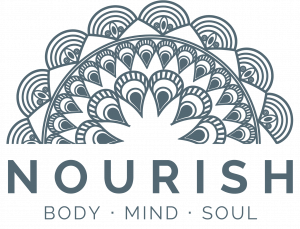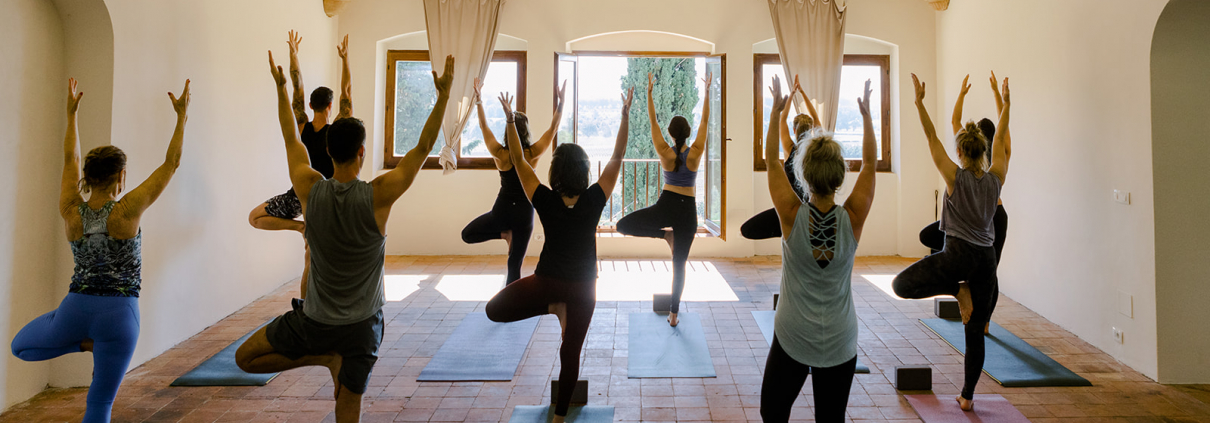In a fast-paced world where new fitness trends seem to emerge constantly, it’s fascinating to delve into the deep history of yoga, revealing its status as the oldest somatic movement practice known to humanity. Originating in ancient India thousands of years ago, yoga has transcended time and cultural boundaries to become a cherished practice embraced by millions worldwide for its physical, mental, and spiritual benefits.
The roots of yoga can be traced back to the Indus-Sarasvati civilization in Northern India over 5,000 years ago. The ancient texts known as the Vedas contain references to the practice of yoga, indicating its significance in early Indian society. Originally developed as a means to connect the body, mind, and spirit, yoga was seen as a path to self-realization and spiritual enlightenment.
The word ‘yoga’ itself comes from the Sanskrit word ‘yuj,’ meaning to yoke or unite, signifying the union of the individual consciousness with the universal consciousness. This fundamental concept lies at the heart of yoga philosophy, emphasizing the interconnectedness of all beings and the harmony between body and mind.
Through a combination of physical postures (asanas), breath control (pranayama), meditation, and ethical principles, yoga aims to cultivate self-awareness, inner peace, and overall well-being. The practice of yoga is not just about achieving physical flexibility or strength; it is about fostering a holistic approach to health and wellness that extends beyond the mat into everyday life.
Over the centuries, various schools and styles of yoga have emerged, each offering unique approaches and techniques to suit different preferences and needs. From the vigorous flow of Vinyasa to the precise alignment of Iyengar, from the meditative focus of Classical to the gentle relaxation of Yin, there is a yoga style for everyone, regardless of age, fitness level, or experience.
As we reflect on the ancient origins of yoga and its enduring popularity in the modern world, we are reminded of the timeless wisdom and transformative power inherent in this ancient practice. Yoga is more than just a physical exercise; it is a journey of self-discovery, self-care, and self-expression that allows us to tap into our innate potential and live more consciously and authentically.
At Nourish BodyMindSoul, we honor the rich legacy of yoga as the oldest somatic movement practice and invite you to join us on this incredible journey of self-awareness and growth. Discover the profound benefits of yoga for your body, mind, and soul, and experience the timeless teachings that continue to inspire and uplift practitioners around the globe.
Come explore the ancient roots of yoga with us and unlock the transformative power of this sacred practice in your life.
According to Swami Sivananda:
- Yoga is taking care of body/mind/spirit, not seeking after fitness or beauty.
- Yoga is finding the cause of our suffering and showing the way to get out of it – to be free from it.
- Yoga is a system of education for the body, the mind, the intellect, and the inner spirit.
- Yoga is a way of life.
- Yoga is universal, not sectarian or separate.
- Yoga helps us to go to the root of our suffering, spiritual ignorance (not knowing who we really are).
- Yoga brings individual peace of mind and collective peace.
- Yoga is unity in diversity.
- Yoga is self discipline.
- Yoga is life.
- Yoga is simple life.
- Yoga is moderate life.
- Yoga helps us to deal with stress.
- Yoga helps calm emotions.
- Yoga is a balanced mind, strong and steady.
At Nourish, we seek to supply our students with the tools they need to live their lives with ease…to liberate themselves from patterns of belief and behavior that are not in alignment with their True Nature. We do this by sharing the wisdom and Practices of Classical Yoga.
In Nourish’s classes, you will be guided not only in physical poses, but also in practices that enhance your daily life. These Practices are laid forth in Patanjali’s Yoga Sutras which was written in India in the early centuries CE. I have laid them forth in the simplest of terms, but know that as you Practice Yoga, these will take on deeper meaning. Just as we explore our body through many layers (koshas), gross to subtle, you will find that these limbs speak to many facets of your being. I invite you to purchase a copy of The Yoga Sutras and begin to explore.
1. Yama: Correct behavior toward others.
- Nonviolence
- Truthfulness
- Not stealing
- Not wasting energy
- Abstaining from greed
2. Niyama: The principles by which you should live your own life
- Purity
- Contentment
- Spiritual observances
- Self Study
- Devotion
3. Asana: The yogi’s seat and postures to prepare the body
4. Pranayama: Breathing exercises to regulate energy
5. Pratyahara: Turning the senses inward
6. Dharana: Focused attention; training the mind to meditate
7. Dhyana: A continuous flow, meditation perfected.
8. Samadhi: Unity with higher consciousness
I will continue to contemplate these Limbs and share my musings with you. Stay tuned.
What is Classical Yoga? Seeing it all over the Nourish schedule and curious about what it is?
Classical Yoga follows a thousands year old approach outlined in The Yoga Sutras by Patanjali. This traditional Hatha practice seeks to make the techniques and practices of yoga and the 8-fold path accessible and relevant to the common man. It also incorporates the 5 branches of yoga which inform our daily life. Raja yoga explores with mind-body connection. Karma yoga refers to selfless service or one’s work. Bhakti yoga; devotion. Jnana yoga; Knowledge and Tantra yoga; health. Understanding these various methods of accessing yoga or union allows individuals to be met where they are in their yoga journey.
Our Classical Yoga instructors studied at YogaLife Institute of NH whose lineage traces through the YogaLife Institute of PA to The Yoga Institute in Mumbai, India. In these classes, you can expect a discussion on some aspect of yoga philosophy that informs the way you will move (asana) and breath (pranayama). All levels are welcome and you are encouraged to honor your body’s strengths and limitations, developing compassion for and connection with your inner self. I like to say “We Practice on the mat how to live off the mat.” With that in mind, at the end of class, you may be asked to reflect on what wisdom you gained from your Practice and how you might incorporate that into your daily life.
It is our intention to provide the framework for our students to find within themselves a place of calm and constancy. This creates a stepping stone from which they can address work-life balance, reduce stress and anxiety, sleep better, improve focus, and find a deeper sense of connection to all living beings.



